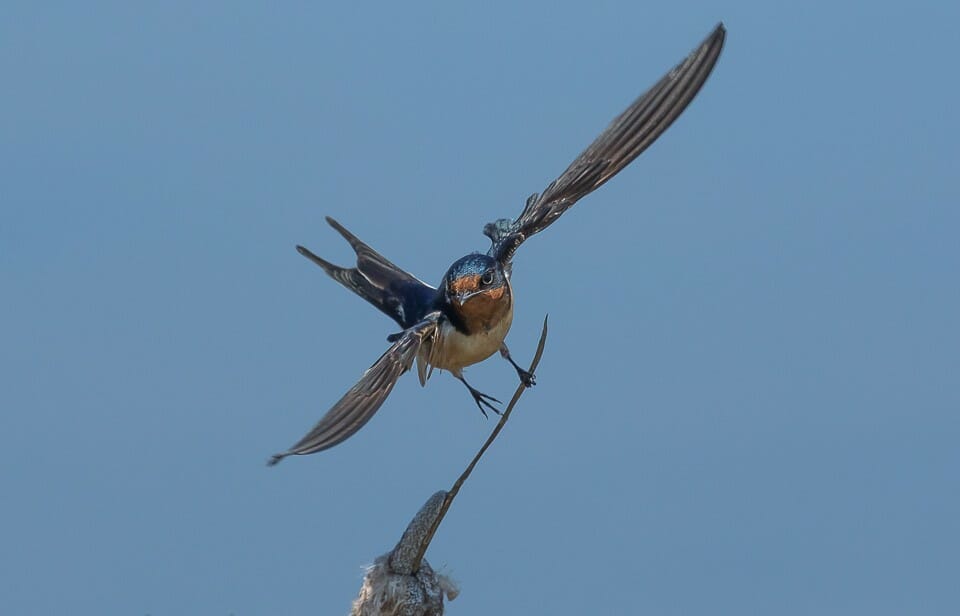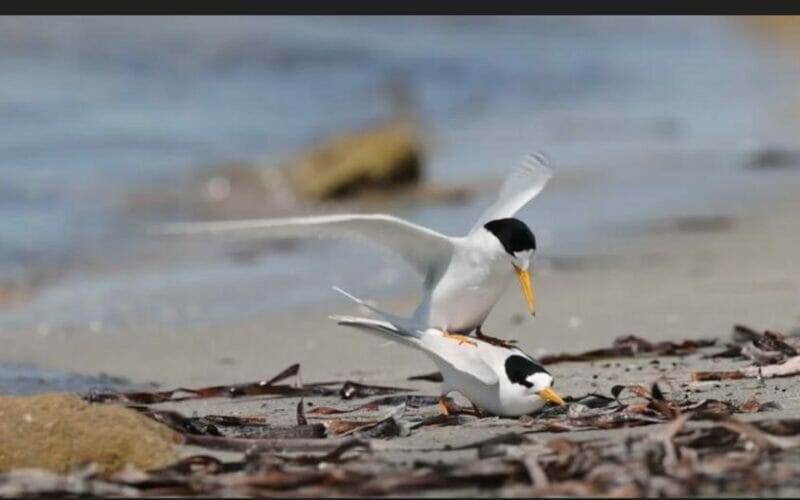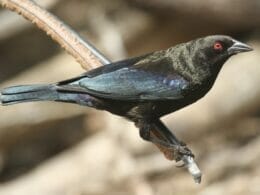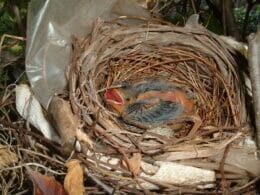The question ‘Do birds have penises?’ might be relevant to your biology class, or maybe it’s just one of those thoughts that pop into your head at 2 am while you’re trying to sleep. Either way, if this is an aspect of bird anatomy that you’ve never thought about before, you’re probably curious to know the answer.
In this brief guide, we’re going to be explaining the fascinating evolutionary history of bird penises, and why they remain a mystery to so many of us today.
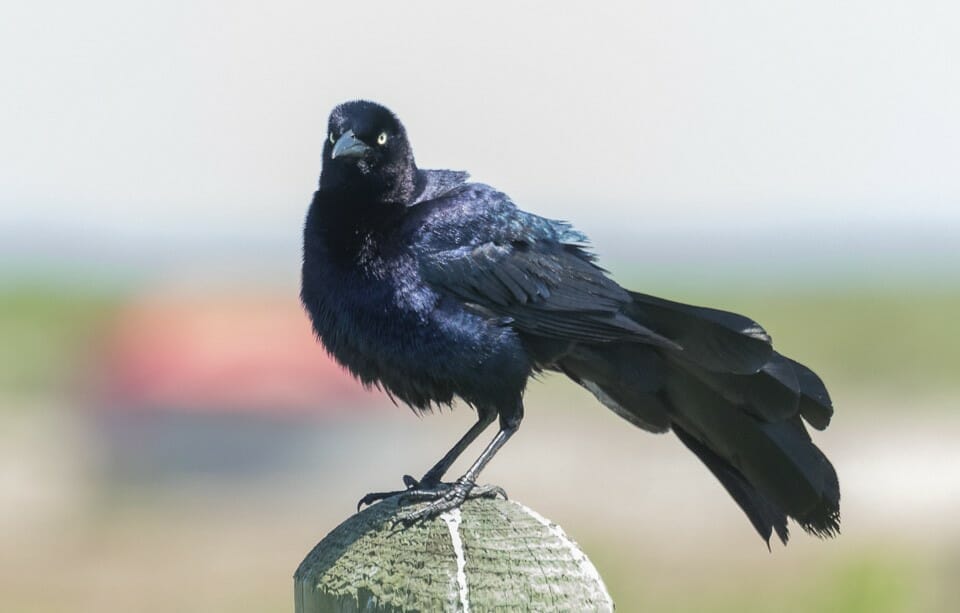
The short answer
If you’re looking for a short answer as to whether or not birds have penises, the answer is: ‘most don’t, but some do.’
There are more than 10,000 bird species in the world today, and male birds only have penises in roughly 3% of those species.
Ducks, swans, gees, emus, and ostriches are included in that 3%.
So, for the most part, birds do not have penises except for a select few. But why is this? Let’s find out.
Sexual selection and cell suicide
The interesting thing about the fact that 97% of bird species don’t have penises is that all species have the genes required to produce penises. While birds are still developing inside their eggs, they do have genital tubercles.
However, while this would usually continue to develop and become either a penis or a clitoris, birds’ genital tubercles generally stop developing by the 9-day mark. What this indicates is that birds were originally intended to have penises, but they have evolved not to for the most part.
The reason why most birds don’t have penises (anymore) comes down to two things: sexual selection and cell suicide.

Sexual Selection Trends In Birds
Sexual selection is a concept that began to be accepted during the 1930s when Sir Ronald Aylmer Fisher proposed what is now known as the Fisherian runaway hypothesis. According to this theory, female birds would select mates based on certain traits that were perceived as being attractive, and as a result, male birds would evolve to possess these traits.
But if that’s the case, then why wouldn’t male birds have penises? Are they not considered attractive to female birds? Well, apparently not. In the 1970s, a second hypothesis was put forward regarding sexual selection in birds.
This hypothesis suggested that female birds don’t choose a mate based on their perceived ability to reproduce, but rather, based on whether or not they will produce attractive male offspring. This makes sense because of the very obvious sexual dimorphism observable in birds of many species (see male peacocks and their extravagant tail feathers compared to those of female peacocks).
But why has this resulted in most birds’ penises disappearing altogether?

Gene Bmp4 And Cell Suicide
To be honest, scientists are still not certain why the penises of most birds have completely disappeared, but we do know how it happened. The gene responsible is called Bone morphogenetic protein 4 (Bmp4 for short). This protein blocks genital tubercle development in birds.
The process is known as apoptosis, more commonly known as programmed cell death or ‘cell suicide’. This sounds alarming, but it’s not actually unusual – in fact, apoptosis is why we humans have spaces separating each finger and toe.
While it makes sense that the preferences of female birds would dictate the evolution of male birds, such a drastic change as opposed to simply a downsizing of the penis is unexpected from a biological perspective.
Some scientists theorize that this is a case of ‘runaway evolution’. It’s entirely possible that the majority of female birds simply prefer a compact penis to a longer one. Pair bonding in emus, for example, is more common when the males have small penises. However, evolution may have taken things a step too far in this case.
Previously, experts had suggested that the lack of penis might have to do with reducing overall weight to make flying easier, but this theory has since largely been dismissed. After all, ducks are one of the few bird species that do have penises, and they can fly for longer distances than most birds.
So, the runaway evolution theory is the best we have at the moment.

How do birds reproduce without penises?
At this point, you might be thinking, ‘If most birds don’t have penises, how do they reproduce?’ That’s a fair question.
Remember that male birds from a few species do have penises, and in these cases, mating looks pretty much like you would expect. However, those male birds who do not have penises still have something known as an avian vent, or a cloaca. Female birds have these, too.
In species where the male does not have a penis, mating takes the form of a ‘cloacal kiss’. This is where the male and the female rub their avian vents together very briefly. When we say briefly, we literally mean a couple of seconds.
During those couple of seconds, sperm from the male’s cloaca is able to enter the female’s. The sperm then goes into a part of the female bird’s reproductive system called the ‘storage tubules’ for anywhere between a few days to a period of months.
Eggs can then be individually fertilized when they come down from the ovary (or sometimes ovaries).
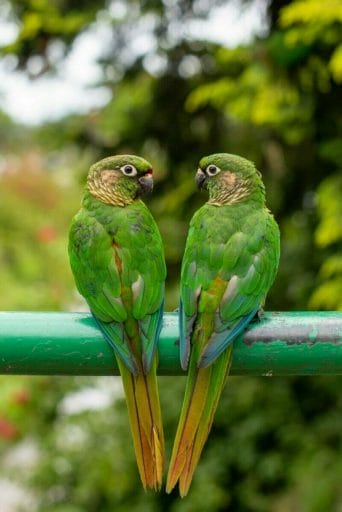
Final Thoughts
While a few birds (the males of 3% of species worldwide) do have penises, most male birds do not have this particular reproductive organ despite having the genes necessary for penile development. Instead, most male birds as well as female birds have cloacas, or avian vents.
Genetically speaking, we know that the Bmp4 gene is responsible for causing apoptosis and preventing the penis from developing in the egg.
However, it’s not clear exactly why this happens, or why it happens to some species and not others.
The most accepted theory is that female birds’ sexual preference for bright plumage over large penises has led to a case of runaway evolution, where instead of simply getting smaller, the penises of most male birds have stopped developing altogether.
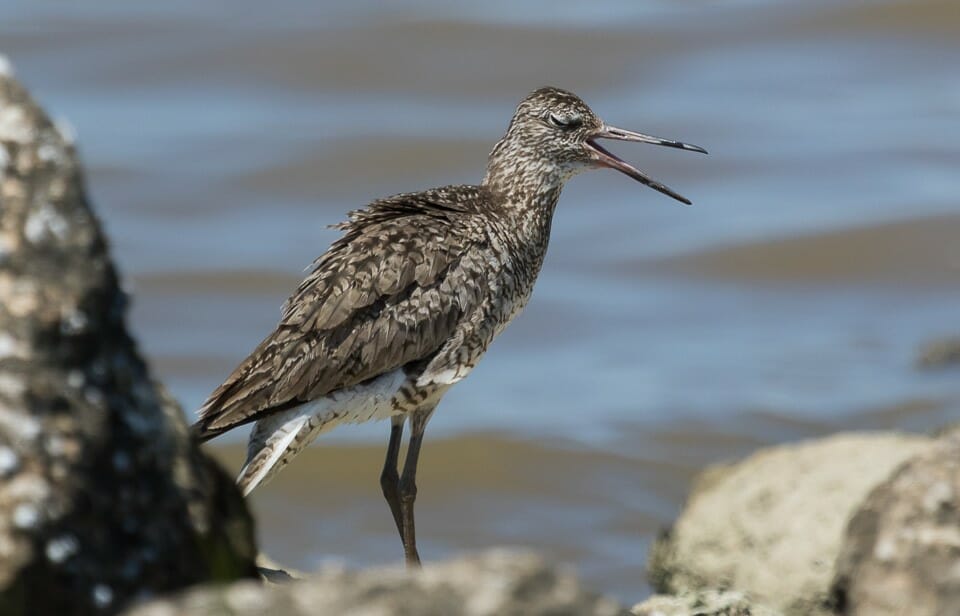
FAQ
You cannot determine gender by examining the reproductive organs of birds but there is a much easier way. The male is usually brightly colored and the female much duller. This is particularly true during breeding periods. In non-breeding times, the male and female may look more similar, making identification harder.
Popular opinion is that because of the arduous tasks in egg laying, incubation and chick rearing, females have a shorter life span and males will outnumber them. Therefore, males must compete for the privilege of mating and have colorful plumage to be more attractive.
Not necessarily. Mating may have to occur several times before sperm actually gets homes, some birds can store the sperm before it fertilizes the egg and sometimes the conditions are just not right. Mating doesn’t guarantee successful egg laying.




